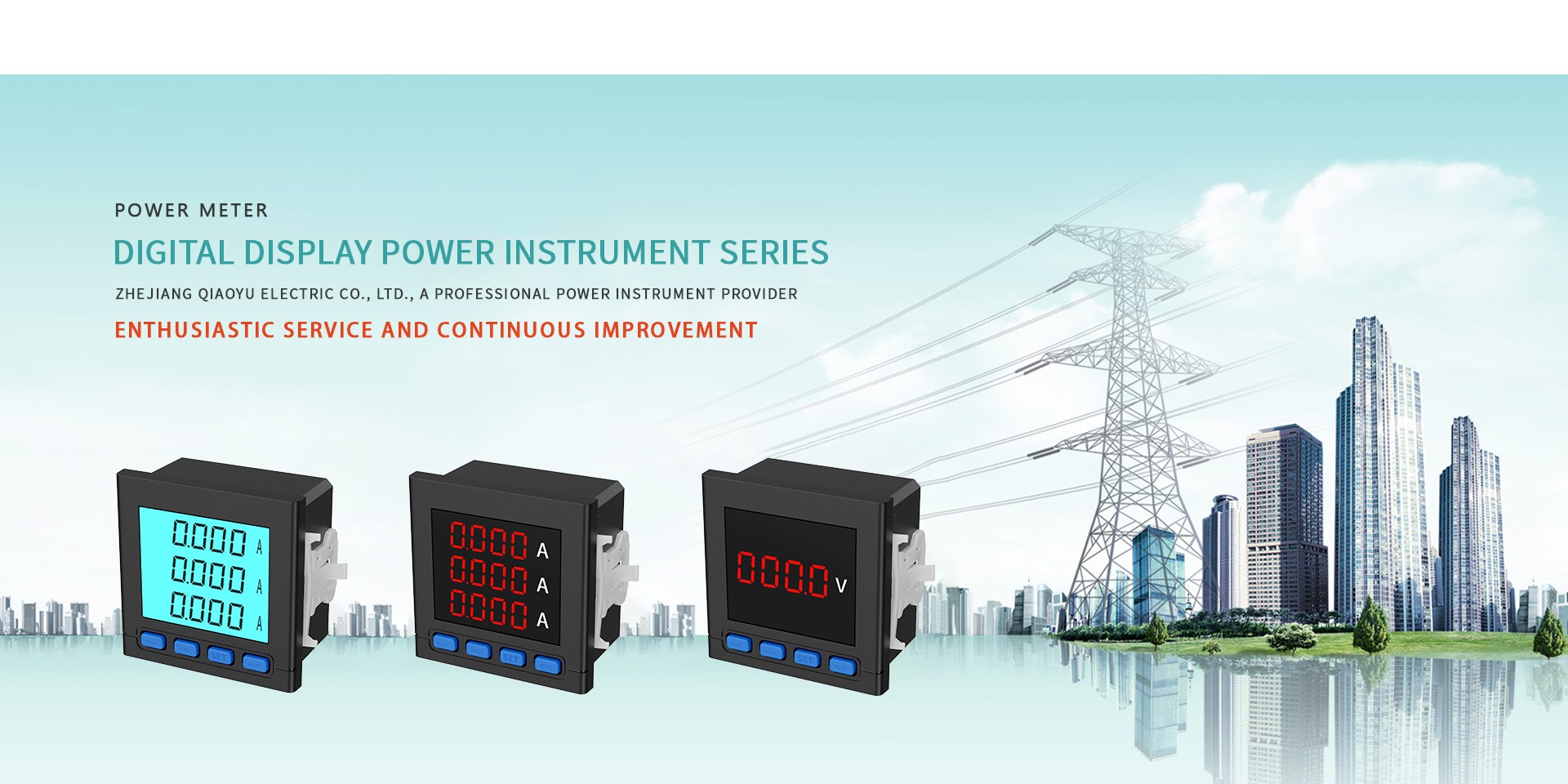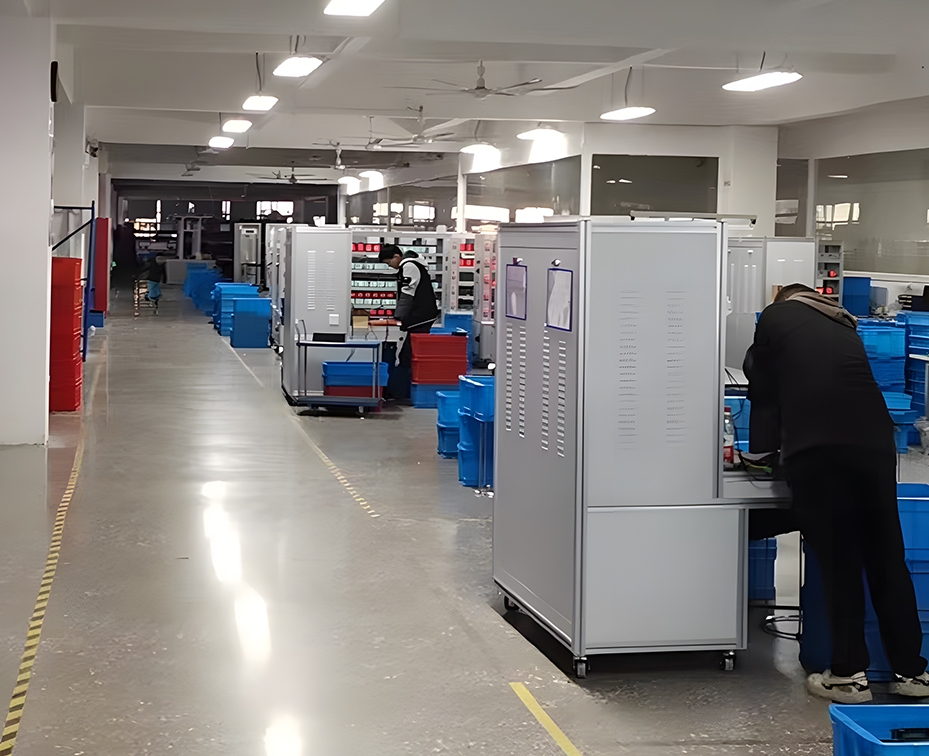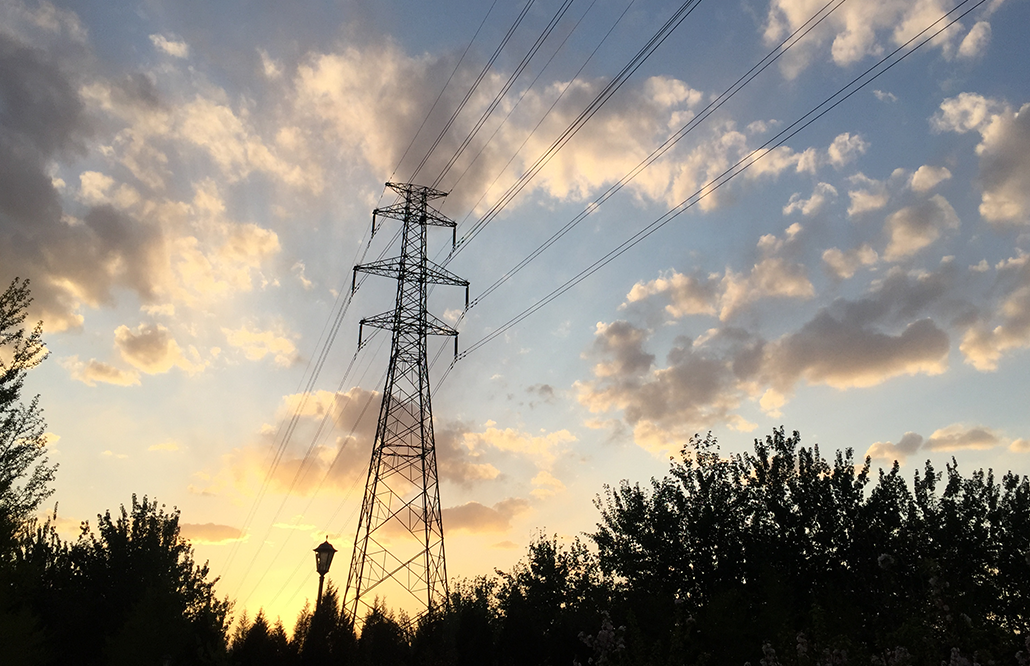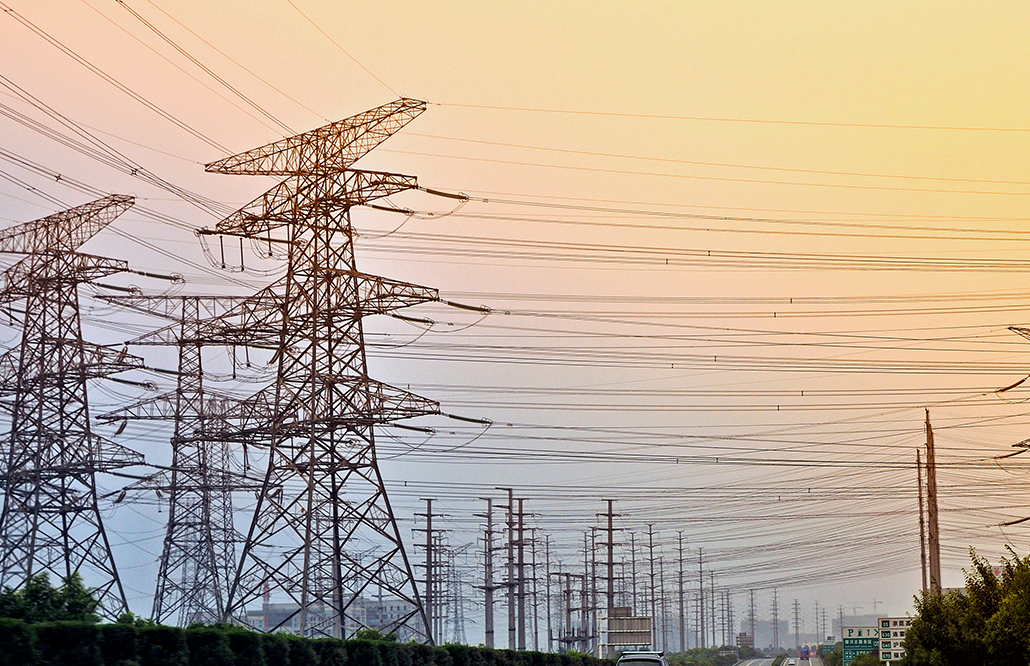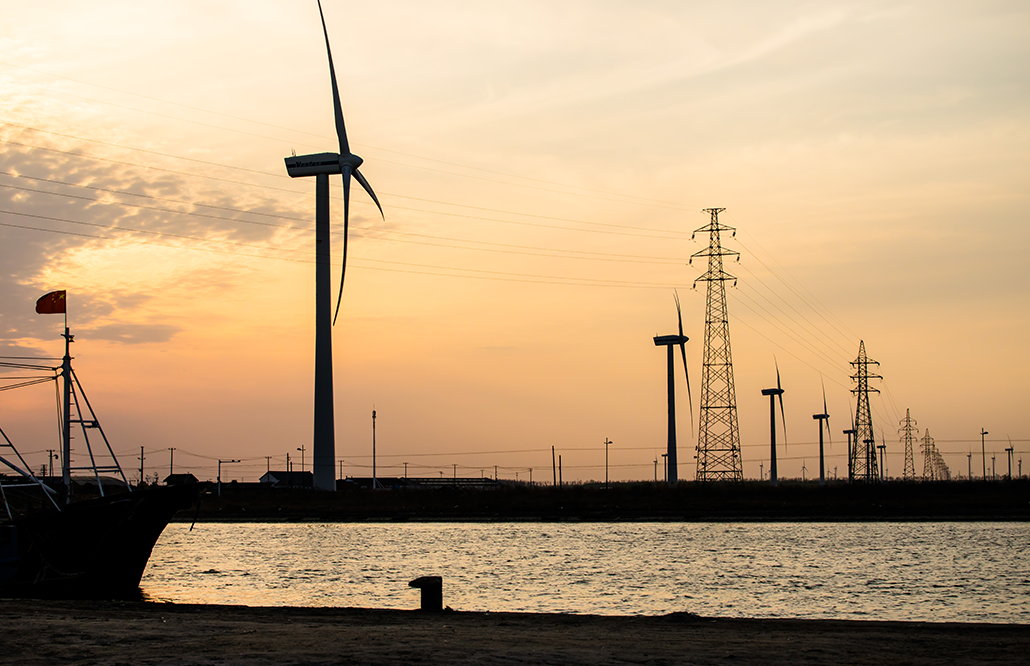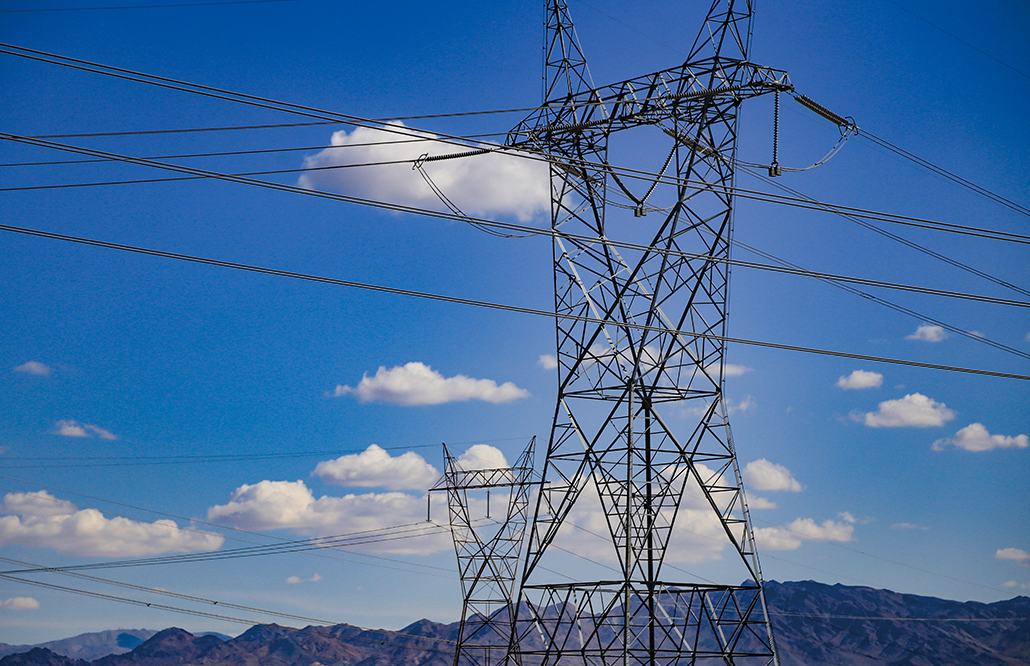2023-04-14
Green finance has great potential under the background of "dual carbon"
Green finance has great potential under the background of "dual carbon"
Under the background of "dual carbon", the green and low-carbon transformation of financial vitality has become a development trend.
Recently, the online banking green finance forum was held in Hangzhou. The forum, with the theme of "number and intelligence interlinkage, all industries turn to the sun", aims to help the development of photovoltaic industry, and research and explore new paths and ways for green finance to help the development of photovoltaic industry. At the forum, representatives from the financial industry and the energy industry believed that under the background of "dual carbon", new energy has become a new trend of industrial development, and green finance will have great potential. At the same time, the attending representatives believe that the green standards for some small and micro enterprises are still unclear, and call for joint exploration and promotion of the development of green standards for small and micro enterprises, in order to strive for more inclusive and green services for small and micro enterprises in more industries.
Focus: With financial assistance, the development momentum of the photovoltaic industry is good
It is understood that green finance refers to the financial services provided for project investment and financing, project operation, risk management, etc. in the fields of environmental protection, energy conservation, clean energy, green transportation, green buildings, etc., in order to support the economic activities of environmental improvement, climate change and resource conservation and efficient utilization.
Since 2016, the People's Bank of China, together with relevant departments, has strengthened and improved the top-level design of green finance development, led the introduction of the Guiding Opinions on Building a green finance System, and initially established the "five pillars" of green finance development, namely, the green finance standard system, environmental information disclosure, incentive and constraint mechanism, product and market system and international cooperation, as well as giving play to green finance resource allocation The "three major functions" of risk prevention and price discovery.
With the assistance of the financial industry, in recent years, the development momentum of China's photovoltaic industry has been good. Liu Yiyang, Deputy Secretary General of the Photovoltaic Industry Association, stated at the forum that in terms of cumulative installed capacity, photovoltaic has become the third largest installed type after thermal power and hydropower in 2022. From January to February this year, China's new photovoltaic installed capacity exceeded 20 gigawatts.
Regarding the specific path of financial support for the development of the photovoltaic industry, Liu Yiyang told reporters that in terms of photovoltaic financing, the main financing methods currently include bank financing and equity financing. With the introduction of the Central Bank's "carbon emission reduction support tool" and other relevant policies, new energy has become the key support area of green finance. The bank loan interest rate of the photovoltaic industry has decreased compared with previous years, and the loan term has also been extended accordingly.
It is particularly worth mentioning that in order to support the national distributed photovoltaic industry policy and meet the financial needs of enterprises or farmers to purchase photovoltaic power generation equipment, 'photovoltaic loans' have emerged. Liu Yiyang said that according to incomplete statistics, 121 banks in 19 provinces and cities have carried out' photovoltaic loans' related businesses, and the photovoltaic industry's inclusive finance has taken a big step forward.
For the development of the photovoltaic industry in the next stage, representatives attending the meeting believe that after leaving subsidies, the photovoltaic industry still needs a complete financial system as support to ensure subsequent development. Regarding this, Yan Zonghui, the distribution director of Jing'ao Solar in China, pointed out: "The photovoltaic industry has finally grown up like a child, which is inseparable from the strong support of the country back then. However, without a complete financial system as support, photovoltaic after leaving subsidies is likely to face a new round of credit crisis
Bottleneck: Green standards for small and micro enterprises are still unclear
Of course, the process of green finance helping the development of photovoltaic industry is not smooth. Regarding this, Liu Yiyang also admitted that there are still some problems in specific practical operations.
Due to the lack of clear green standards applicable to small and micro enterprises, even small and micro enterprises and small and micro distributors in the upstream and downstream of the photovoltaic industry with natural 'green genes' are difficult to obtain green credit. It is necessary for friends from all walks of life to jointly discuss and promote the development of green standards for small and micro enterprises, and strive for more inclusive and green services for small and micro enterprises in more industries, "Liu Yiyang said.
Regarding this, Wang Jianlong, the general manager of component distribution in Trina Solar China, also expressed a similar viewpoint. He believes that green finance and inclusive finance, from the perspective of small and micro enterprises' attributes, are not clearly defined. He hopes that this standard can be introduced and promoted as soon as possible, so that more small and micro enterprises can obtain policy dividends.
As for specific response measures, Yan Zonghui believes that for some frontline brand enterprises in the industry, they should learn to reduce pressure on distributors, especially for some small and micro enterprises, which should be assisted in multiple aspects. For banks, they should assist enterprises in strengthening risk control, leveraging the power of finance, and assisting the development of small and micro enterprises.
In response to the lack of clear standards for innovation in green inclusive financial services, online commercial banks have also provided solutions from the banking perspective. It is understood that in recent years, online commercial banks have continuously increased their collaboration with third-party data platforms, green certification agencies, and core brand enterprises, exploring the establishment of a "green inclusive finance" standard system that includes the identification of green core enterprises, evaluation of green small and medium-sized enterprises, identification of green projects, and identification of green goods.
Data shows that as of the end of 2022, online commercial banks have completed a total of 6.23 million green ratings for small and micro enterprises, among which 420000 small and micro enterprises with excellent green ratings have received interest rate discounts. At the same time, online commercial banks serve green small and micro enterprises through various green supply chain products such as "green bid winning loans", "green bid winning loans", "green procurement loans", and "green zero payment period". Among them, the "green procurement loan" service of online commercial banks has been applied to over 260 green brand enterprises such as Haier Group, Wrigley Home, Halo, and Tailing.
In addition, online commercial banks have also released a digital supply chain finance solution - the Dayan System, which provides convenient and flexible financial services to small and micro enterprises upstream and downstream of the brand supply chain through big data risk control, and explores its application in the photovoltaic industry.
Trina Solar is the first brand to collaborate with Dayan System. We have arranged resources such as component distribution business units and distributors to collaborate with online commercial banks to create industry-oriented solutions. Online commercial banks have innovatively provided digital credit loan services for distributors and EPC during the construction period. The credit model of '3-minute application, 1-second loan, and 0 manual intervention' is highly efficient, solving the pain points of financing for some small and micro enterprises during the construction period, "Yang Bao, President of Tianhe Solar Energy Co., Ltd. in China, told reporters.
The green finance service of Dayan System is not only in the photovoltaic industry. Previously, online commercial banks launched "green procurement loans" to increase special financial support for green brand enterprises and small and micro distributors downstream of their supply chains, encouraging small and micro distributors to purchase green goods and services from more green and environmentally friendly enterprises. (Zhang Dongjun)




